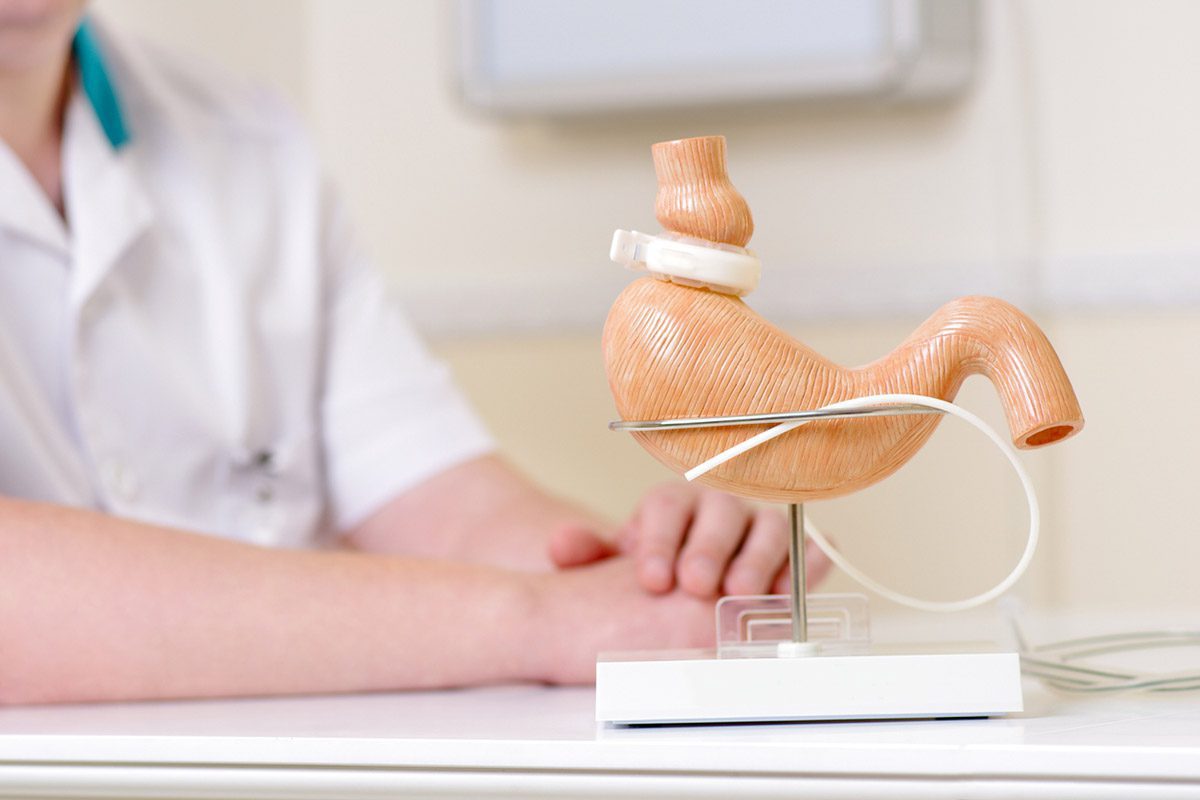Dextromethorphan and Quinidine Combination in Emotional Lability Associated With Depression: A Case Report
To the Editor: The combination of dextromethorphan and quinidine has been shown effective in the treatment of pseudobulbar affect in patients with amyotrophic lateral sclerosis1 and multiple sclerosis2 and has been tried in the treatment of diabetic neuropathy3 and heroin detoxification.4 Pseudobulbar affect is a disorder of emotional expression characterized by uncontrollable episodes of laughing and/or crying. The dextromethorphan-quinidine combination was developed to maximize brain levels of dextromethorphan, an N-methyl-d-aspartate (NMDA) antagonist, by using quinidine to slow cytochrome P450 2D6 enzymes. The mechanism by which dextromethorphan ameliorates pseudobulbar affect is unknown.
Case report. Ms A, a 32-year-old woman with a history of depression, started outpatient treatment in our clinic after an admission following an overdose in April 2010. She had been in psychiatric care since the age of 25 years, when she first attempted suicide. The patient met DSM-IV criteria for a major depressive episode and she was given a diagnosis of major depressive disorder, recurrent, and borderline personality disorder. She was taking bupropion, escitalopram, and clonazepam. She had failed treatment with paroxetine, citalopram, duloxetine, desvenlafaxine, and selegiline patch and had had 5 admissions between 2004 and 2010.
During the first year of treatment at our clinic, Ms A was admitted to the inpatient unit twice, for suicidal ideation, and, due to the refractory nature of her depression, referred for electroconvulsive therapy (ECT). During that year, she also failed treatment with therapeutic doses of mirtazapine, venlafaxine, and escitalopram and was tried on adjunct chlorpromazine and topiramate treatment; she received weekly psychotherapy during follow-up.
After these interventions and adjustments of medications, Ms A, as of March 2011, was taking clonazepam 1 mg twice daily, fluoxetine 20 mg/d, bupropion 400 mg/d, and levothyroxine 175 μg/d. By April 2011, she had completed 11 sessions of ECT and felt she was not making progress. She was still reporting significant problems in controlling her affective expressions, especially due to her crying outbursts. Ms A began treatment with dextromethorphan and quinidine 20 mg/10 mg daily, at which time she scored 14 on the Center for Neurologic Study Lability Scale5 (a score above 10 is indicative of lability5).
As of the time of this report, Ms A has been on treatment with dextromethorphan and quinidine for 1 year and reports significant improvement in her mood lability and crying spells. She has been out of the hospital and continues to go to work daily. She feels that her affective control has allowed her to benefit from her psychotherapy.
In the present case, we report the off-label use of the combination of dextromethorphan and quinidine to address emotional lability in a patient with depression. Though the dextromethorphan-quinidine combination is approved only for pseudobulbar affect, it is possible that the underlying altered mechanism for affective expression is also altered in mood disorders. Randomized controlled trials to assess the efficacy of this combination in mood disorders are suggested.
References
1. Brooks BR, Thisted RA, Appel SH, et al; AVP-923 ALS Study Group. Treatment of pseudobulbar affect in ALS with dextromethorphan/quinidine: a randomized trial. Neurology. 2004;63(8):1364-1370. PubMed
2. Panitch HS, Thisted RA, Smith RA, et al; Psuedobulbar Affect in Multiple Sclerosis Study Group. Randomized, controlled trial of dextromethorphan/quinidine for pseudobulbar affect in multiple sclerosis. Ann Neurol. 2006;59(5):780-787. PubMed doi:10.1002/ana.20828
3. Thisted RA, Klaff L, Schwartz SL, et al. Dextromethorphan and quinidine in adult patients with uncontrolled painful diabetic peripheral neuropathy: a 29-day, multicenter, open-label, dose-escalation study. Clin Ther. 2006;28(10):1607-1618. PubMed doi:10.1016/j.clinthera.2006.10.005
4. Akerele E, Bisaga A, Sullivan MA, et al. Dextromethorphan and quinidine combination for heroin detoxification. Am J Addict. 2008;17(3):176-180. PubMed doi:10.1080/10550490802019543
5. Moore SR, Gresham LS, Bromberg MB, et al. A self report measure of affective lability. J Neurol Neurosurg Psychiatry. 1997;63(1):89-93. PubMed doi:10.1136/jnnp.63.1.89
Author affiliations: Department of Psychiatry, University of Arkansas for Medical Sciences, Little Rock.
Potential conflicts of interest: None reported.
Funding/support: None reported.
Published online: October 25, 2012.
Prim Care Companion CNS Disord 2012;14(5):doi:10.4088/PCC.12l01400
© Copyright 2012 Physicians Postgraduate Press, Inc.





